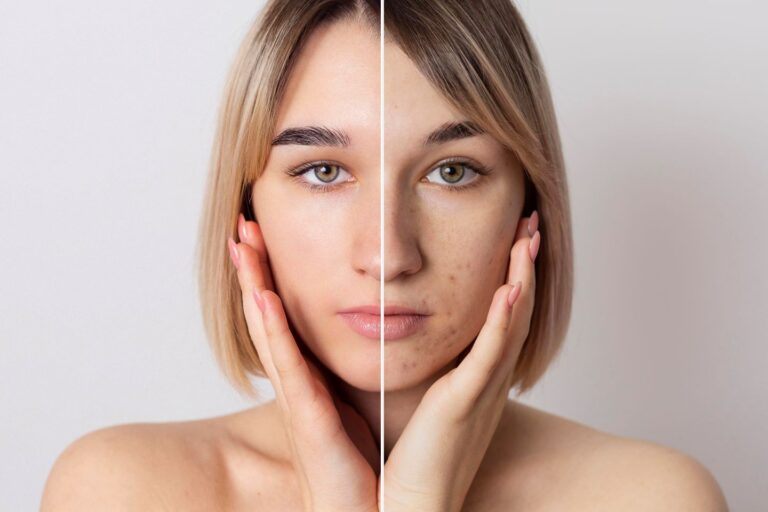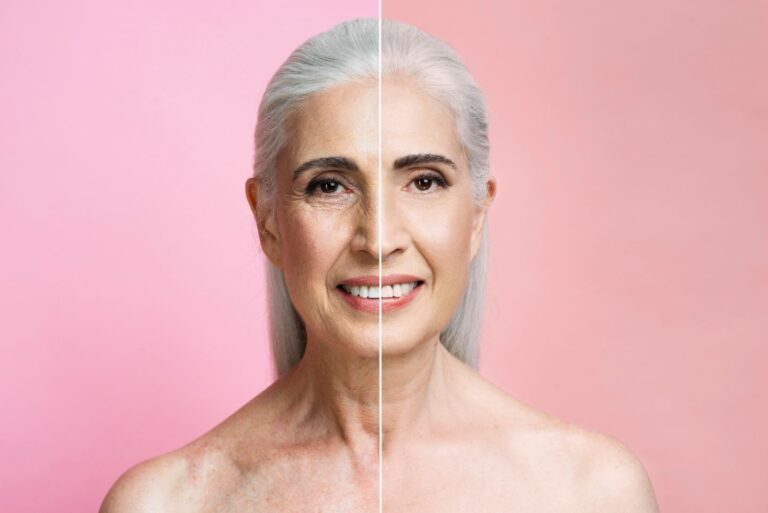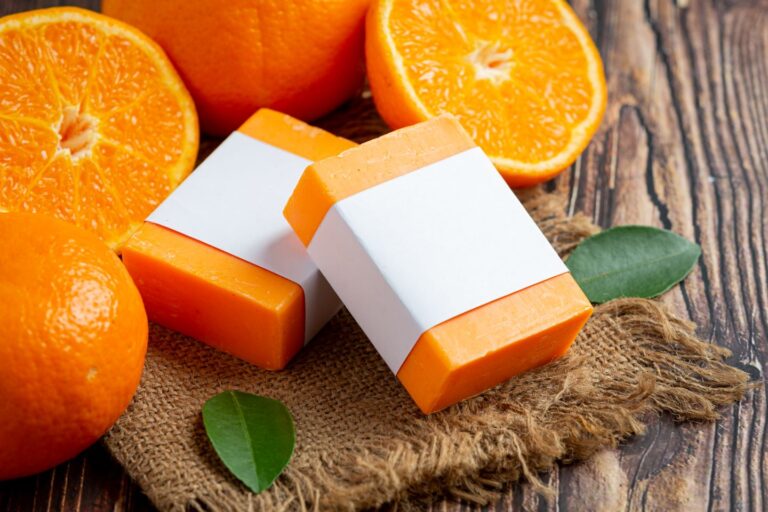What is Milialar? Causes, Treatment, and Prevention from Milia
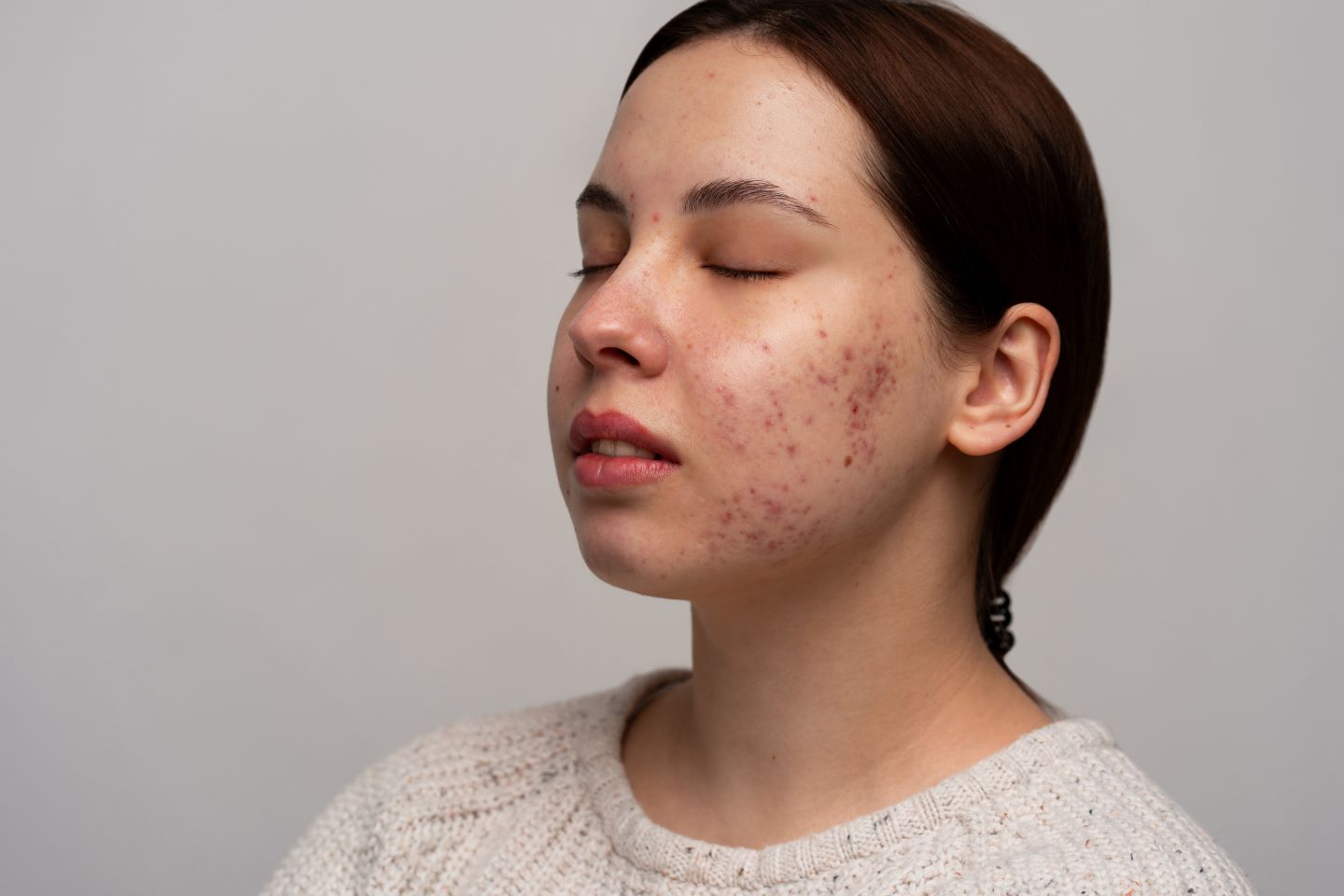
Milia are formed when keratin protein gets trapped beneath the skin. Certain skin conditions and products could trigger milialar. They are usually small, rounded, and appear yellowish or white. Milia results from dead skin cells trapped below the skin’s surface in tiny pores as sweat ducts. These cysts, which resemble tiny pearls or grains of sand, usually appear around the facial area, particularly around the nose, eyes, and cheeks, but they may also be found on other parts of the body. While milia tend to be non-injurious and painless, they could be an aesthetic issue for certain people, which can lead to the need to seek preventative treatments.
Why Does Milia Occur? Causes of Milialar
It is possible to prevent milia from developing if we know the reasons. Here are some common reasons for milialar development:
- Excessive sun exposure: Long-term exposure to the sun may cause skin irritation and increase the chance of developing Mila.
- Cosmetics: Utilizing heavy or oily skin care products could cause clogging of pores and irritation called milia. Be sure to select non-comedogenic products in preference to those that may block pores.
- Skin trauma: Mila secondary to the skin can result from any skin injury or trauma, including blisters or burns.
- Genetics Certain individuals could develop cysts due to a genetic predisposition to the milia.
- Sweating: The effects of sweating and humidity are that prolonged or excessive sweating, along with high humidity levels, can block sweat ducts, which could lead to the formation of milialar.
What are the Various Types of Mila?
The Milia types are classified according to how old cysts appear or what causes the cysts to form. They are also classified into the primary or secondary categories.
Primary milia develop directly from keratin entrapped. They are typically found around the eyes of children and adults.
Secondary milia appear similar and develop when something blocks the ducts leading toward the surface of your skin, for example, after an injury, burning, or blistering.
Juvenile Milia
Rare genetic conditions that affect skin conditions can result in the development of juvenile milia. This can be caused by:
- Nevoid Basal Cell Cancer Syndrome (NBCCS): NBCCS can result in BCC, or basal cell carcinoma (BCC).
- Pachyonychia congenital: This condition may result in abnormally large or thick nails.
- Gardner’s syndrome: A rare genetic condition that can cause colon cancer over time.
- Bazex-Dupre-Christol Syndrome: This syndrome affects hair growth as well as the capacity to sweat.
Neonatal Milia
Neonatal milia can be described as primary milialar. It appears in newborns and is cleared within just a few weeks. Cysts usually appear on the scalp, face, and upper torso. As per Seattle Children’s Hospital, milia are seen in 40 percent of infants.

Primary Milia Among Older Children and Adults
Cysts are often found on the forehead, eyelids, and genitalia. Primary milia can disappear within a few weeks or persist for months.
Milia en Plaque
Autoimmune or genetic skin conditions, like discoid Lupus or lichen Planus, usually cause this condition. Milia in plaque may affect the eyelids, ear cheeks, jaw, and cheeks.
The cysts could be as large as a few centimeters. Most of them are middle-aged women, but it may occur in adults and children of any age or both sexually.
Traumatic Mila
The cysts form when damage to the skin has taken place. The most common causes are severe burns and itchy rashes. The cysts could become inflamed, which causes them to turn red at the edges and white in the middle.
Multiple Eruptive Milia
This kind of milia is composed of itchy spots that can be seen on the upper and lower arms, face, and torso. The cysts usually occur over some time and span from a few weeks to months.
Milia that is associated with pharmaceuticals or other products
Applying steroid creams may result in milialarappearing on the skin area where it is applied. But, this effect is infrequent.
Certain ingredients found in skincare and cosmetics can trigger the appearance of milia for some individuals. If you suffer from milia-prone skin, be sure to avoid the following ingredients:
- liquid paraffin
- liquid petroleum
- paraffin oil
- paraffin liquid
- petrolatum liquid
- petroleum oil
All of these are types of mineral oil that can trigger milia formation. Lanolin is also known to increase the development of milia.
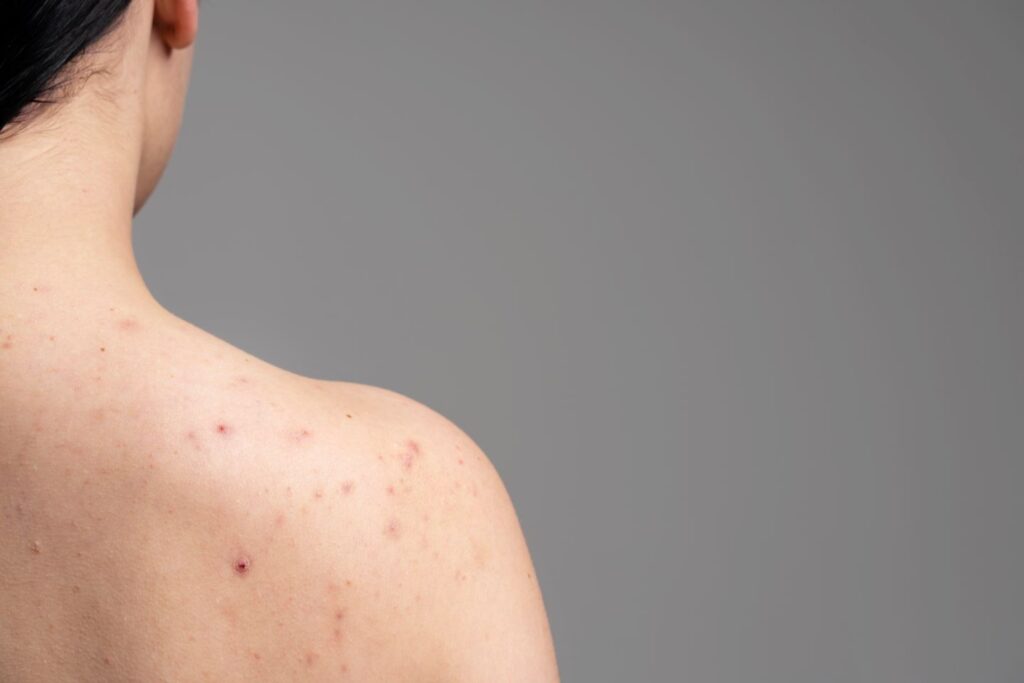
Treatment Options for Milialar
In the case of Milia, It is crucial to select the appropriate method of treatment. Here are some methods to take into consideration:
- Regularly Exfoliation: A mild exfoliant can eliminate dead skin cells, keeping Milia from forming.
- Retinoids for Topical Use: Retinoid creams recommended by dermatologists may help promote cell turnover in the skin, thus reducing Milia’s appearance.
- Professional Extraction: Dermatologists can securely extract Milia using specially designed tools, giving immediate relief.
- Chemical Peels: Chemical peels aid in improving skin texture and decrease Milia by removing the top layer of skin.
How to Prevent Milia?
Here are some proactive steps to deter their formation:
- Select non-comedogenic products: Prioritize cosmetics and skincare products labeled as non-comedogenic because they are less likely to block pores.
- Sunshield: Always apply sunscreen before outside to protect the skin against harmful UV Rays.
- Gentle Cleansing: Use an easy, gentle cleanser when looking after your skin. Also, stay away from harsh scrubs that may irritate you.
- Avoid heavy oils: Avoid moisturizers and heavy or greasy oils, as they could obstruct the pore.
- Routine Exfoliation: To avoid the accumulation of dead skin cells, your skincare routine should incorporate regular, light exfoliation.
Conclusion
Milialar is generally considered safe; however, some are uncomfortable or unattractive. This book covers the entire spectrum, including the sources, treatment options, and prevention actions. Remember that prevention is often the most effective course of action. To maintain a radiant and clear complexion, select your skincare products carefully, shield your skin from sun damage, and establish good skincare routines. It is recommended to seek the advice of a dermatologist when you are experiencing recurring milia issues so that they can give you specific treatment options that meet your particular needs.

